
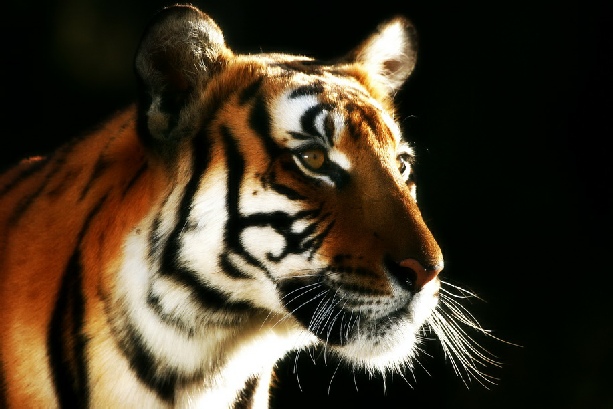
Our mission
is to restore and protect biodiversity for the reintroduction of a genetically viable population of free-
The world’s most endangered tiger, the South China tiger, has walked our earth for 2 million years and is the root ancestor of all tiger subspecies, yet tragically, it is on the brink of extinction. About 100 remain, mostly in captivity. As an apex species, protection of the tiger means protection of its prey and a complete bio-
In partnership with the State Forestry Administration of China, the Chinese Tiger Project and its team of scientific advisors have developed an innovative big cat rewilding model to re-
Save China’s Tigers is a charity working with partners such as the National Wildlife Research and Development Center of the Chinese State Forestry Administration, the Chinese Tiger South African Trust, Laohu Valley Reserve and Conservation Finance International to conserve the South China tiger and its habitat.

The Project



Breeding
An ambitious and successful breeding program has increased the population base and gives the subspecies a chance to recover from the genetic bottleneck and the brink of extinction.

The South China Tiger Project has supported researchers and scientific studies across many disciplines such as cheetah reintroduction monitoring, camera-
Research

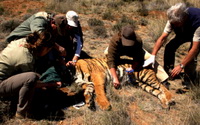

SCT continues to work with our partner, the State Forestry Administration, Wildlife Division in infrastucture planning and survey of candidate sites in China for future reintroduction of rewilded tigers.
Reintroduction

Rewilding
SCT has innovated a conservation model that sees zoo-

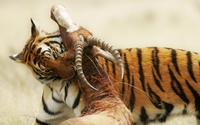 More
More

By protecting an apex predator carnivore, we are protecting its prey and the entire food chain -
Biodiversity


South Africa was chosen for its relatively cheaper land, abundant prey, conservation expertise and wildlife management skills. Laohu Valley Reserve encompasses over 300 sq. km bordering the Orange River.
Why Africa -
 More
More
More
More
More
More
Save China's Tigers is a small but dynamic conservation organization. When the charity was established, few if any South China tigers still existed in the wild and there were around 50 living in captivity. After observing and analysing how wildlife conservation and eco-
History & Achievements
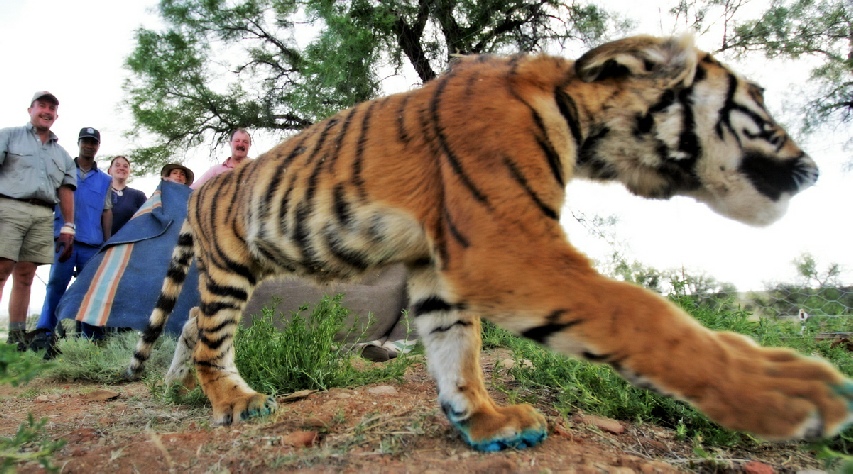
Photo: Paul Hilton
2004, Madonna leaves the concrete of a zoo for the grasslands of Africa



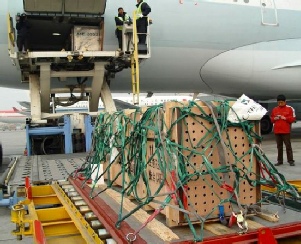
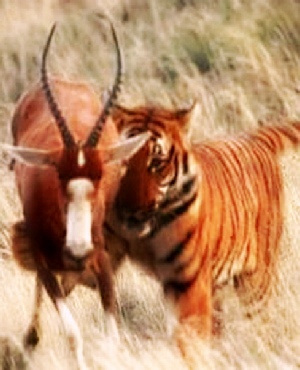




DONATE


© Save China’s Tigers -

